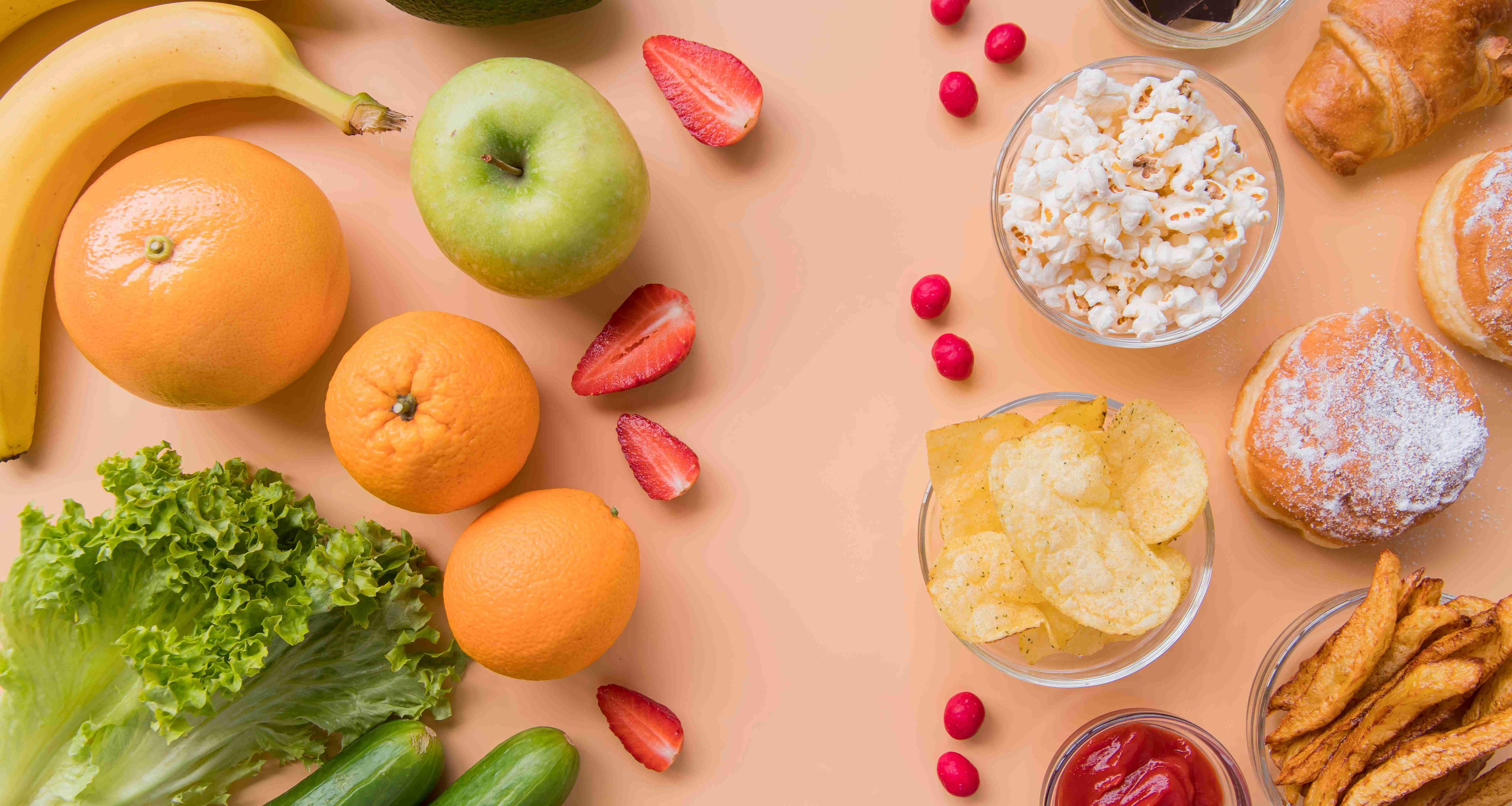
The world of Olympic nutrition is as diverse and fascinating as the athletes themselves. From meticulously planned meals to surprising indulgences, the dietary habits of these elite competitors reveal a lot about the balance between performance and practicality. This article delves into the unique nutritional strategies of Olympians and offers valuable takeaways for everyday athletes.
The Surprising Junk Food Edge
Olympic athletes often have to consume an enormous number of calories to fuel their intense training regimens. For instance, bobsledder Chris Fogt, who needed to gain weight to make his team, turned to high-calorie fast food. "Squats and Taco Bell, baby," he said, describing his post-workout snack of Cheesy Gordita Crunch, Doritos Locos Tacos, Beefy Five-Layer Burrito, and Soft Tacos. This 1,700-calorie "snack" was essential for him to add the necessary muscle mass.
Brian St. Pierre, a sports nutritionist, explains that for athletes like Fogt, junk food isn't just an indulgence; it's a practical solution. "Olympic athletes who train constantly have high calorie demands, so they’re able to metabolize junk food and remain healthy as long as they aren’t insufficient in calories, vitamins, and minerals," he says. This approach allows athletes to meet their energy needs without feeling overly full or spending excessive time on meal preparation.
The Strange Range of Olympian Eating Habits
Not all Olympians rely on fast food, but many incorporate unconventional snacks into their diets. For example, mountain biker Haley Batten enjoys Pop-Tarts while on the bike, and triathlete Luke Willian consumes gummy bears and electrolyte drinks during training. These foods are convenient, high in calories, and easy to digest, making them ideal for athletes who need quick energy.
Dr. Trevor Kashey, a friend of Two Percent from The Comfort Crisis, explains that ultraprocessed foods can be uniquely beneficial for endurance exercise. "If a food doesn’t require much digestion, your body can immediately start to absorb and use the nutrients from it, and that’s going to improve your performance more than anything," he says. This is why some athletes turn to foods like Pop-Tarts and gummy bears during long cardio workouts.
The Balance Between Healthy and Convenient
While some Olympians indulge in fast food and sugary snacks, others follow more traditional, health-focused diets. For example, track and field athlete CJ Allen starts his day with an 11-ingredient smoothie packed with supplements. However, even these athletes recognize the importance of balance and convenience in their nutrition.
St. Pierre points out that trying to eat entirely healthy food all the time can backfire. "The more we process a food, the more we concentrate its calories," he says. This means that ultraprocessed foods can provide a lot of energy in a small, convenient package, which is crucial for athletes who need to consume large amounts of calories without feeling bloated.
Takeaways for You
The nutritionists at the Olympic training center emphasize that being too finicky about food can hurt athletes by leading to undereating, which negatively impacts performance and recovery. Here are two key lessons from athletes to help you navigate your own diet:
Move More, Worry Less: Dr. Trevor Kashey highlights that the more you move, the less you have to worry about the health impacts of less-than-perfect foods. "It’s more of a ‘too much couch’ rather than ‘too much carbs’ problem," he says. Whether a food is "good" or "bad" for you depends largely on your activity level. For example, added sugar can be a net negative for sedentary individuals but a net positive for marathon runners during training. Here's a rough guide based on activity level:
Sedentary individuals: Up to 10% of calories from "junk" foods
Moderately active people: Up to 20% of calories from "junk" foods
Highly active individuals: Up to 25% of calories from "junk" foods
Junk Food Can Power Long Cardio Workouts: Ultraprocessed foods can be beneficial for endurance exercise because they are easier to digest and provide quick energy. Dr. Kashey explains, "If a food doesn’t require much digestion, your body can immediately start to absorb and use the nutrients from it, and that’s going to improve your performance more than anything." This is why some athletes eat Pop-Tarts, gummy bears, and other high-calorie snacks during long workouts. A good rule of thumb is to consume 120 to 180 calories an hour during efforts lasting longer than one hour.
In conclusion, the world of Olympic nutrition is far more diverse and flexible than one might expect. From Taco Bell to Pop-Tarts, the dietary choices of these elite athletes are tailored to meet their unique energy demands and training schedules. By understanding the science behind their nutrition, everyday athletes can learn to balance their diets in a way that supports their own fitness goals.







Post comments